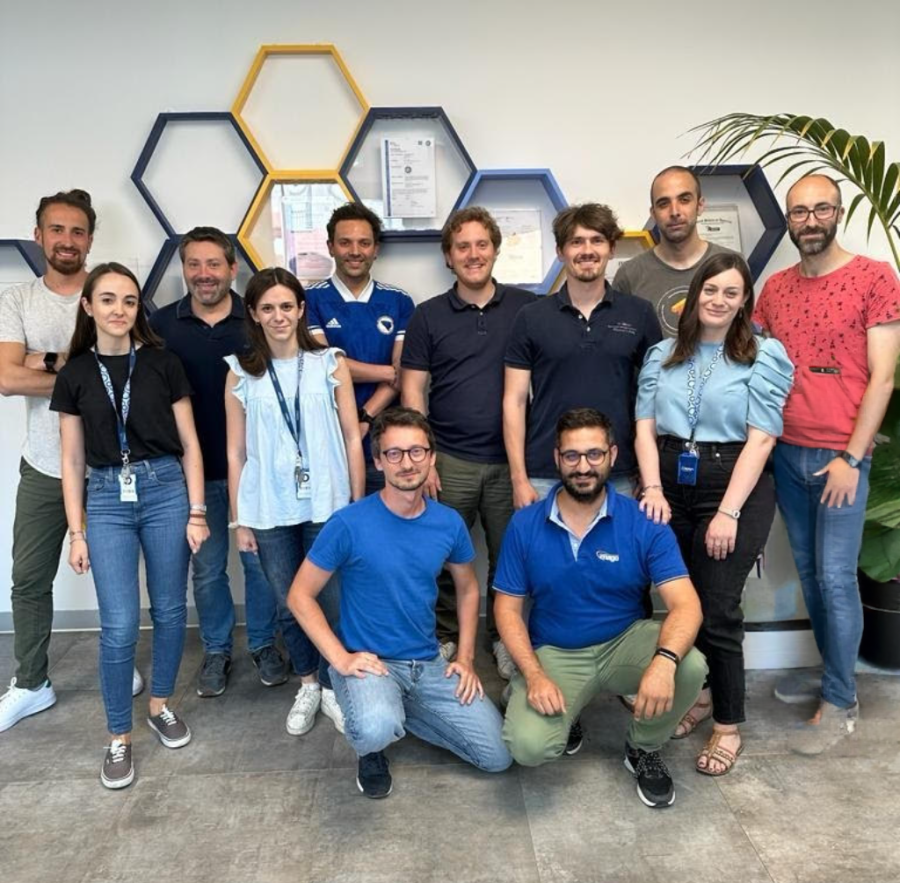Last month, the paper “Hierarchical AI Enables Global Interpretation of Culture Plates in the Era of Digital Microbiology” was published in Nature Communications Journal. This study introduced DeepColony, a groundbreaking algorithm at the core of what today we call Copan’s PhenoMATRIX™.
Alberto Signoroni and Colleagues designed DeepColony to take advantage of deep learning to address the complex bacterial culture plate interpretation task. They tackled the task with a multi-faceted architecture in four stages: in the initial stages (levels 0 to 2), a deep learning-based colony counting method was employed for quantifying bacterial growth single colony recognition. Subsequently, a refinement step (level 3) was introduced, considering the global plate context to enhance identification consistency, especially in mixed cultures. DeepColony’s key strength was its ability to integrate the structured information from levels 0-3 into a rule-based decision system (level 4): this system informs clinical culture interpretations, offering a detailed understanding of the observed morphologies of grown organisms and facilitating species-level identification and quantitation across a diverse range of clinically relevant pathogens. “Thanks to this multi-step approach, we have developed an AI able to follow the microbiologist’s reasoning process, which is, due to the intrinsic nature of microbiology, often very subjective and very hard to describe,” says Stefano Oliani, Imaging Analysis Manager of Copan WASP.
To evaluate DeepColony’s performance, the researchers used a large labeled clinical dataset comprising more than five thousand urine culture samples to demonstrate a high overall agreement between DeepColony and human interpretations, with a surprisingly accurate agreement for negative cultures. According to Stefano Lombardi, Copan WASP Software Development Expert and co-author of the article, “There is no equivalent precedent in literature: until now, studies resembling this one could only achieve identification of bacterial colonies within a significantly limited range of species. By incorporating adapted guidelines from Microbiology Laboratories, we have achieved a plate-level interpretation with a notable agreement between AI and human evaluation.”

In conclusion, DeepColony (and thus PhenoMATRIX™) represents a significant advancement in clinical microbiology by automating the interpretation of bacterial culture plates and enhancing the efficiency and quality of microbiological laboratory workflows. Its integration of decision support at multiple levels holds excellent promise for refining and reinforcing the critical role of microbiologists in clinical decision-making processes. “In the rapidly evolving landscape of Microbiology Laboratories automation, this will streamline a great number of processes, enhancing the capability to describe and monitor the occurrence and progression of pathological conditions from individual patients to the community,” says Stefano Lombardi.

Write us to satisfy your curiosity, get information or start a great collaboration!
Use our search tool and be surprised by how easy it is to get right to the point.